Regenerative Medicine?
Regenerative medicine (RM) is revolutionary system of medicine with the potential to completely regrow damaged or destroyed tissue. In short, RM involves using exogenous substances to induce natural healing and restorative mechanisms in the body. Most commonly this is done using Prolotherapy, Platelet-Rich Plasma (PRP), Amniotic membrane and fluid allografts. Each of these therapies contain or recruit the action of natural growth factors that act as signals to the body to regenerate and repair. RM can be used in many different aspects of clinical medicine including; Orthopedic injections, sports medicine, sexual dysfunction, wound healing, and even anti-aging medicine.
The guidelines and standard recommendations of risky and invasive surgeries are quickly becoming outdated with the advent of RM. There are still situations where surgery is necessary and recommended, but with RM we can potentially heal up to 90% of all injuries non-surgically. It is important to find well-qualified specialists to ensure optimal success with the treatments. Our staff is happy to address any questions you may have regarding the procedures. You may even schedule a free 15 minute appointment with our regenerative specialist, Dr. Jose Molina, for more in-depth answers to your questions.
Prolotherapy:
This procedure uses a concentrated dextrose solution that is injected into the arthritic or degenerated tissue. It then acts as a stimulant to initiate the healing cascade. The body will take over and send the healing cells and continue the regenerative process. It has been used safely for years without significant risks and well showing well-studied benefits and success.
PRP (Platelet-Rich Plasma)
First, your blood is drawn and spun down in a centrifuge. We then harvest platelet-rich plasma from the blood which is a potent source of growth factors and circulating stem cells. The cells are concentrated and then injected back into any area of concern to start the healing cascade and repair any injury, arthritis or areas of degeneration such as receding hairline, scarring, and ED.
Amniotic Allograft:
Amniotic fluid-derived allograft is potent source of growth factors, even more potent than one’s own plasma, that even contain some pluripotent stem cells. Unfortunately, these stem cells do not survive the cyropreservation process and are therefore inert. However, their growth factors and factors present in the amniotic fluid can induce powerful healing mechanisms when used properly. Amniotic fluid is harvested consentually from expectant mothers during routine amniocentesis procedures and is then sterilized and cryopreserved. Amniotic allograft is the next best thing to using actual concentrated pluripotent stem cells which are currently banned by the FDA from use in clinical practice for now.

